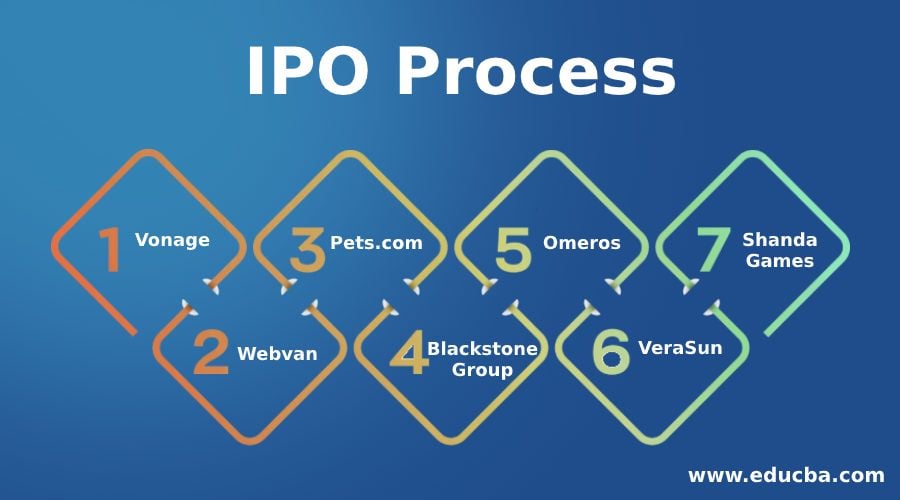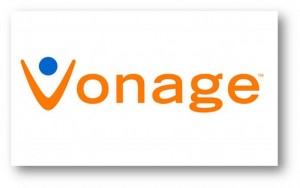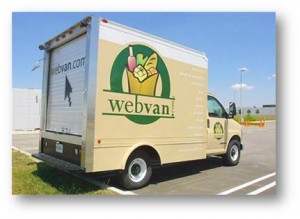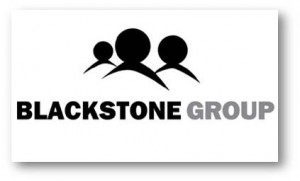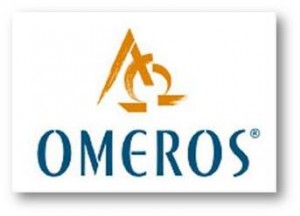Updated October 23, 2023
Introduction to the IPO Process
You would have heard much about the IPO Definition if you were a finance guy. Business newspapers keep featuring why a particular IPO process is hot, whether it will succeed, how much the company would raise, and many other things. For those new to this term, an IPO Definition or the IPO Meaning is “Initial Public Offering,” where a private firm decides to transform itself into a public one. The company will offer its stock for trading on the stock exchange for the first time, inviting the public to invest in it.
Companies go for the IPO process mainly to infuse cash into their capital structure for the proposed expansion, increase their market share, and give a push to their profits. The fact that an IPO process gives way to immediate access to capital is true. Still, various formalities, such as investigations, certain certifications, etc., must be dealt with. A significant amount of planning goes into getting the IPO process into reality. In the past, disastrous IPO process cases were launched, only to be dished out within some time. Read through to learn about the Biggest IPO Flops in History.
They were the IPOs once considered hot, and people bet on their successes, but unfortunately, market conditions, investor sentiments, and various other factors caused their demise. So this is all about the IPO Definition and the IPO Meaning.
7 Important IPO Process and Definitions
Below are the 7 biggest IPO processes and IPO definitions:
1. IPO Process (Vonage)
Vonage is a voice-over IP network and Session Initiation Protocol (SIP) Company that offers telephone service via a broadband connection. Soon after its inception in January 2001, it became one of North America’s largest VO IP providers. Focusing majorly on branding and advertising activities and managing the online phone lines became very expensive, resulting in a loss of around $300 million in 2006. They decided to go public for the required capital infusion at this time.
It was all geared up for a successful IPO, and everything seemed to be in place. It raised $531 million on the very first day of the IPO. But what happened next made it the “worst first trading day.”
They offered shares at $17 per share but quickly dropped 12.7% within the day and closed at $14.85. Wondering what went wrong? This IPO differed from others in that Vonage offered its customers 13.5% of the IPO shares. However, the tech company was strangely caught up in a technical glitch. When the attracted investors visited the site to buy shares, many received messages that their purchases didn’t happen. After a few days, there was a twist again; by then, the share price had dropped considerably by 30% in a week. The customers were informed that their purchases did happen and that the original price of $17 was due to them. Irate customers filed a suit, which they won, against the underwriters and Vonage for misleading them. and this was the IPO Meaning
2. IPO Process (Pets.com)
Pets.com was a company based in San Francisco that sold pet products online. The company created quite a buzz with its advertising campaign, a dog sock puppet interviewing people on the street, and its tagline “Pets.com. Because pets can’t drive.” They also enticed some big investors, such as Amazon.com. But a defective business plan did not make up for the same. They had a tough time generating profits for their online pet supply as customers didn’t seem keen on waiting for their pet foods or other things to arrive.
The company was selling products at less than it took to produce them and undercharged shipping costs. It recorded losses of $147 million in just the first nine months of its business in 2000. They went public in February 2000 and raised $82 million! The share price began at $11 per share and rose to $14, but the success was short-lived, plummeting to a meager 22 cents. It remained there and consequently filed for bankruptcy within the same year.
3. IPO Process (Webvan)
Webvan had a unique idea of delivering groceries without you having to carry the heavy grocery bags and take the pains to take them back home. You just had to sit at home and order the groceries, and within 30 minutes, the groceries would arrive right at your doorstep. The investors were in agreement with this idea. Webvan decided to go for an IPO in 1999. They were valued at $6 billion, although the revenue was slightly less than $5 million. At the end of the IPO, it raised a good enough $375 million from the IPO, and the stock price doubled on the first day itself.
What next? Well, the company did not get a fairy tale ending. The great idea lost its charm against the whopping logistics cost it had to bear. Processing and delivering each order costs them around $27, along with refined and automated systems of warehouses and delivery vans. To save costs, Webvan radically cut the type of products, bringing sales to a halt. Just 18 months after its flaring IPO, it declared bankruptcy.
4. IPO Process (Blackstone Group)
Steve Schwarzman, the larger-than-life billionaire, is Blackstone’s CEO and co-founder, a Private Equity firm. Considered to be a spendthrift, and rightly so, he threw himself a multi-million dollar birthday party. The firm specializes in leveraged buyouts (LBO). It generated most of its wealth by leveraging cheap debt to finance hostile takeovers of numerous stressed businesses, typically using a deal structure of 10% cash and 90% debt.
It was quite a surprise when Blackstone announced their plans to go public in 2007. In their haste to get a part of Blackstone’s 23 % annual return since 1987, twice the S&P 500 average, the investors ignored that the IPO was that of Blackstone Holdings, a spin-off of the Blackstone Group. The underwriters valued the IPO at $40 billion, but Blackstone Holdings had only $2.3 billion in annual revenues! The IPO prospectus warned the investors about the company’s potential revenue fluctuations over the months or years, but people did not pay attention.
The IPO resulted in Blackstone raising $4.1 billion, enabling Schwarzman and his co-founder Peter Peterson to generate $2.6 billion. Still, the investors ended up as the losers, having bought a stock that lost 42% of its value in the first year.
5. IPO Process (Omeros)
Another case of an IPO flop was Omeros, a biotechnology firm based in Seattle. The company was under trials for a drug that would aid in improving the functionality of joints post arthroscopic knee surgery. They decided to go for an IPO, hoping that the cash it would generate would get them through until it got approval from the Food and Drug Administration (FDA). Omeros filed for an IPO, went public in October 2009, and managed to raise $62 million with a share price of $10. However, within a month, the stock lost around 42% of its value due to complexities in the drug approval process and unconfirmed rumors of corporate delinquency, ultimately ruining Omeros’ reputation. Their disappointing IPO performance has sunk the hopes of other biotech businesses that require cash.
6. IPO Process (VeraSun)
VeraSun Energy was known as a leading producer of renewable fuel and one of the topmost ethanol producers. This was during 2006, when there was an ethanol boom, and quite a few companies reputed themselves as producers of greener energy sources. This sector was at its peak, and that was the time when VeraSun went public and successfully raised $420 million in June 2006. Ethanol producers attracted investor interest due to the viability of ethanol production costs resulting from low oil and gas prices. As a resultant effect, the share price of VeraSun grew by 30% by the end of the day from the offering price of $23 to $30.
But the company went bankrupt just two years later. Why? The market for ethanol production completely sunk due to the saturation of competitors, as well as the surge in the price of corn during the recession, which diminished the demand for ethanol. The one-two punch of the saturated market and decreased demand ultimately pushed the company into bankruptcy two years later. Similarly, a company called Aventine raised $389 million and died the same way.
7. IPO Process (Shanda Games)
Shanda Games is a huge name in the online gaming market of China. They produce multi-player role-playing games and are a division of Shanda Interactive Entertainment. Shanda decided to go for a U.S. IPO in 2009. JP Morgan and Goldman Sachs were the underwriters determining the number of shares offered and the price. At the very last second, the underwriters increased the number of shares offered from 63 million to 83.5 million. The result was extraordinary, as the IPO raised $1.04 billion. Inappropriately greedy underwriters pushed the share price to a limit of $12.50, attracting investors willing to pay top dollar. However, since no new investors left, the stock price hit bottom, falling 14% in value to $1.75 the next day.
Apart from the Biggest IPO Flops in History, as we discussed above, many IPOs have gone down the drain. The truth is that it is impossible to forecast the nature of stock or investor sentiments. These failed IPO ventures teach us that any company should thoroughly comprehend what it is selling and how it intends to sell it before making its stocks available for public trading. This is what IPO definition and IPO meaning are all about.
Recommended Courses
Here are some related courses based on the IPO Definition and the IPO Meaning. Some link is given below, which will help you to get more detail about the IPO Process and IPO meaning. And if you want to share something about the IPO Process and the IPO Meaning of this article, please comment below.

